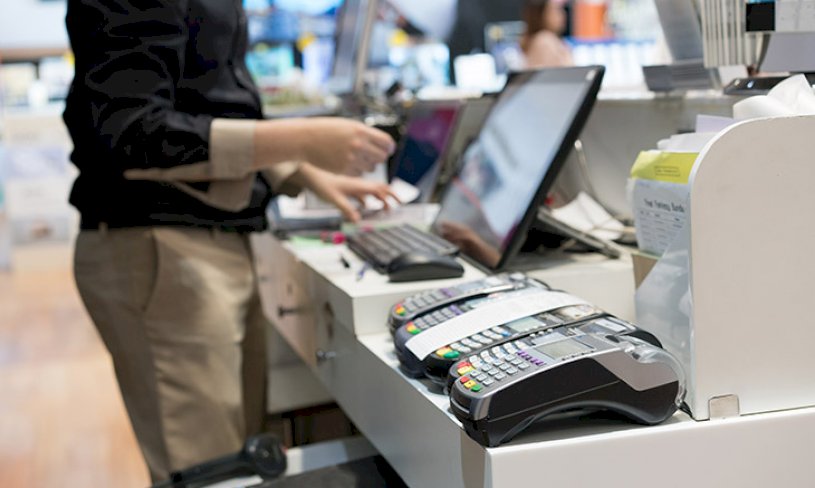Equipping professional accountants for sustainability
The International Federation of Accountants has developed a concise resource to guide accounting professionals and...
READ MORE
Consumers are still spending big according to the latest Australian retail sales figures from the Australian Bureau of Statistics.

But the numbers are hiding the fact that the result is due to the rising cost of goods due to inflation.
Spending remained at record levels in June with $34.2 billion spent in stores and online – an increase of 12 per cent on a year ago and up 0.2 per cent compared to May 2022.
However, Australian Retailers Association chief executive Paul Zahra cautioned that while sales volumes remain elevated, they are also linked to the higher consumer prices across the economy and not necessarily a full reflection of business performance.
“It’s an incredibly challenging environment for businesses right now, with a number of cost pressures associated with fuel, energy, supply chains and rent, along with labour cost increases and skill shortages that are preventing retailers from trading at their full potential,” Mr Zahra said.
“While retail sales have been at record levels for four straight months now, this is not an accurate picture of sector performance given the inflationary landscape businesses are trading in. Consumers are paying more for everyday items, while at the same time, business operating costs have increased significantly.
“We also know that consumers are feeling anxious with the rising cost of living and interest rates and that is likely to impact spending in the coming months as mortgage repayments increase, and as Australians start to tighten their household budgets.”
Ben Dorber, head of retail statistics at the ABS, said while the 0.2 per cent rise in June 2022 was the sixth-straight rise in retail turnover, it was also the smallest so far this year.
“Results were mixed across the six industries, with turnover rising in three of them and falling in the others, as cost-of-living pressures appear to be slowing the growth in spending,” he said.
Cafes, restaurants, and takeaway food services had the largest rise, up 2.7 per cent, followed by clothing, footwear, and personal accessory retailing (1.3 per cent), and other retailing (0.5 per cent).
Department stores saw the largest fall, down 3.7 per cent, followed by food retailing (-0.3 per cent) and household goods retailing (-0.3 per cent).
Turnover rose in the Northern Territory (1.8 per cent), Queensland (0.7 per cent), the ACT (0.6 per cent), Western Australia (0.5 per cent) and Tasmania (0.5 per cent).
NNSW was the only state or territory where turnover fell, down 0.2 per cent. Retail turnover was relatively unchanged in South Australia and Victoria (0.0 per cent).
“Given the increases in prices we’ve seen in the Consumer Price Index, it will also be important to look at changes in the volumes of retail goods, in next week’s release of quarterly data,” Mr Dorber said.